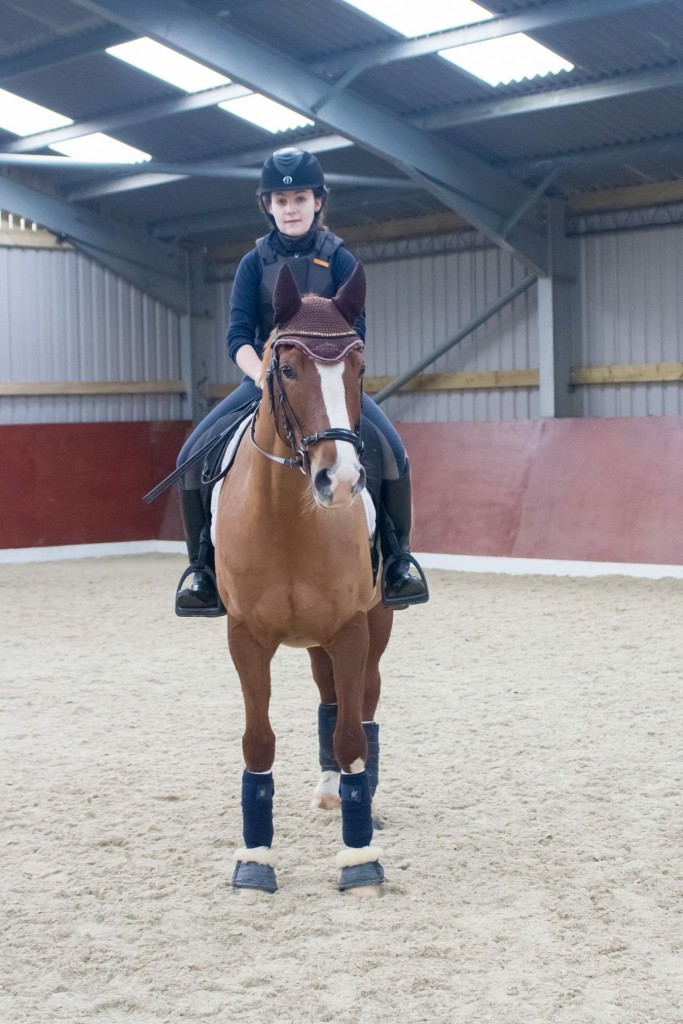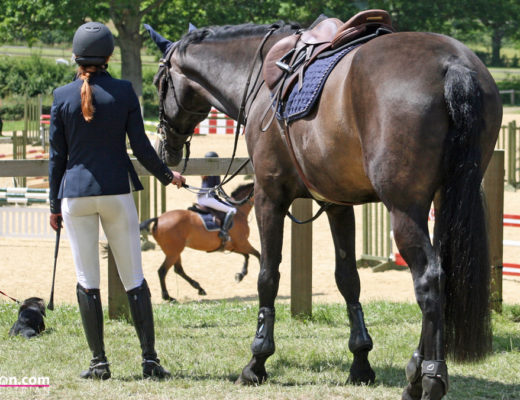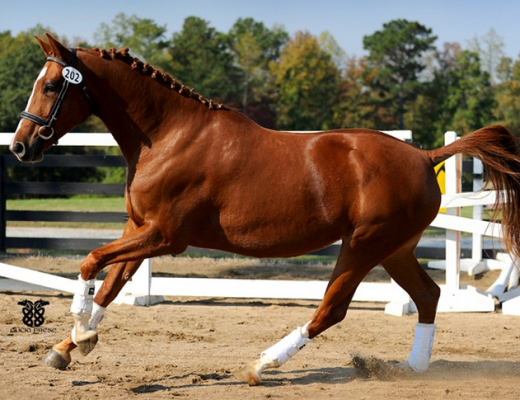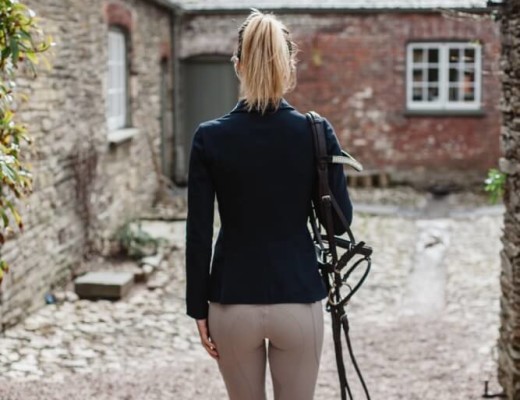Hello again.
I hope you all had a fabulous Christmas!
Para-dressage grading
In my last blog I was preparing to go for my para-dressage grading, a day I had anxiously been waiting to arrive. Dad and I travelled up to Warwickshire to the RDA HQ where I was assessed by two physios, they tested my whole body scoring each part out of 5. The physio’s were lovely and helped make it a positive experience, despite it being a bit painful! I then had the agonising wait for the results… After just over a week I had an envelope through the post with RDA’s logo on it, the moment of truth! I was classified as a Grade 4 rider! I am so excited to start my Para career and I am hoping it will give me the opportunities to compete at the events I always dreamed of competing at before my hips started to deteriorate.
Alice has had a quiet few weeks over the Christmas period. She had a little holiday while I went on a lovely trip to bath with my boyfriend, and had lots of pampering with her lovely HAAS brushes from Eqclusive.
Training
On the riding front we have gone right back to basics. I think it is good to have a month or so of taking the pressure off and doing basic exercises before going full steam ahead for next year. So as Alice and I have been chilling out a bit lately I thought it might be a good idea to give you some tips on ways to ride basic exercises which can boost your marks for next year!
Transitions
As many of you know, transitions are extremely useful, be sure to do plenty of them in your schooling sessions!
It is very important to ride downwards transitions from the seat rather than the hand, a lot of riders are aware of this but still get comments such as “hollowed over the back” and “against the hand” in their trot-walk transitions. Often horses in novice tests are green and are not used to a rider sitting to the trot, so try rising into the walk, you can make the trot smaller and smaller until you get a smooth walk transition. It also enables you to prepare to walk at a letter, you can keep the trot small for a couple of strides until you let them into walk just at the right moment.
Many riders do lots of walk-trot or trot-canter transitions in their warm up, I also find transitions within the gait very useful. Riding transitions within the trot and canter can improve cadence and help your horse put more weight behind, this is extremely useful for horses who are heavy in the hand or downhill, BUT remember a small trot is not a slow trot that lacks impulsion and a bigger trot should not be flat and long, the horse should be energetic and should push from his/her hindleg
Counter-canter
So counter-canter is often difficult for novice horses, some get to the track and fall in a heap and some (Alice!) show the judge that they are far too clever for their own good and that rather than doing counter-canter they’d much rather show off the flying changes mummy has been tentatively playing with!!
So how can you introduce counter canter to the horse? Shallow loops!
Shallow loops are great for balancing the counter canter and often improve the balance in true canter as well. Start by just looping a metre in from the track, keeping your horse straight and in a good rhythm, you can then make the loop bigger and bigger as the horse gets more confident and balanced. When I started this with Alice she could barely do a 2m loop without doing a change but she now does a 10m loop with ease and will counter-canter around the short end of the school.

I have many more little tips but I feel I have rambled on enough for one blog! Please feel free to message me if you have any questions!
Happy New Year!!
Teal x





No Comments